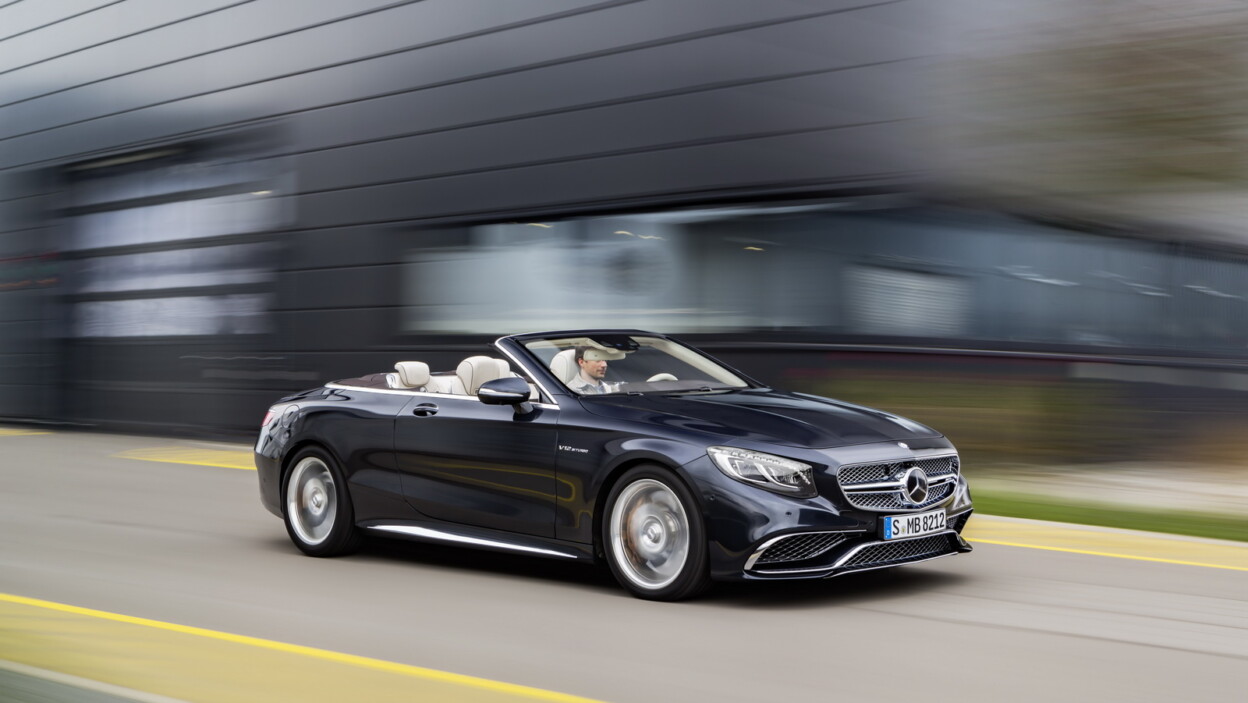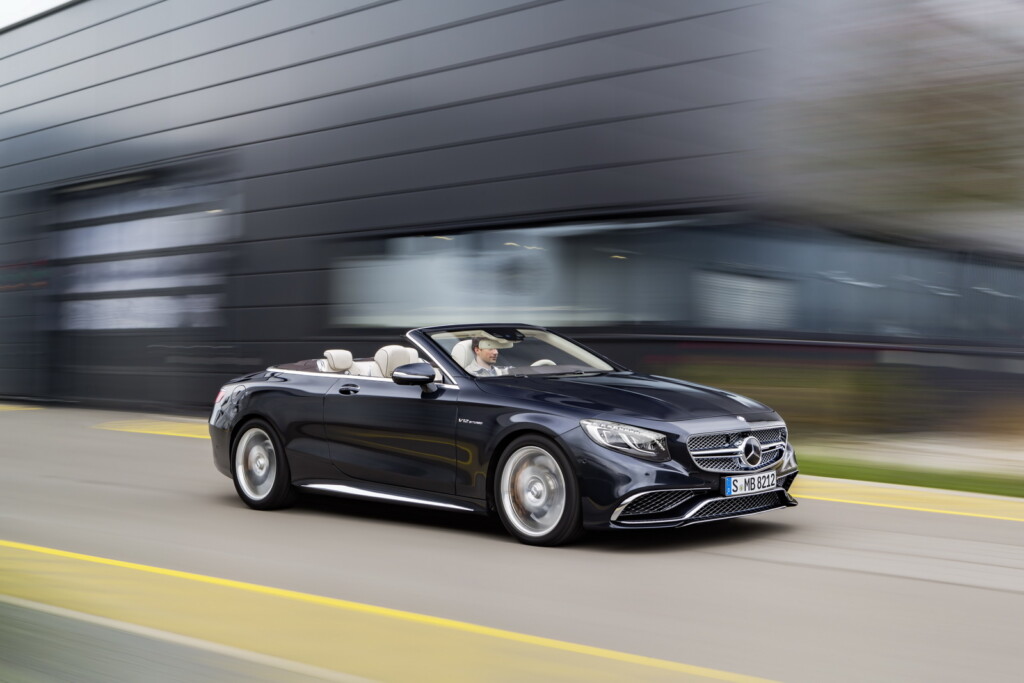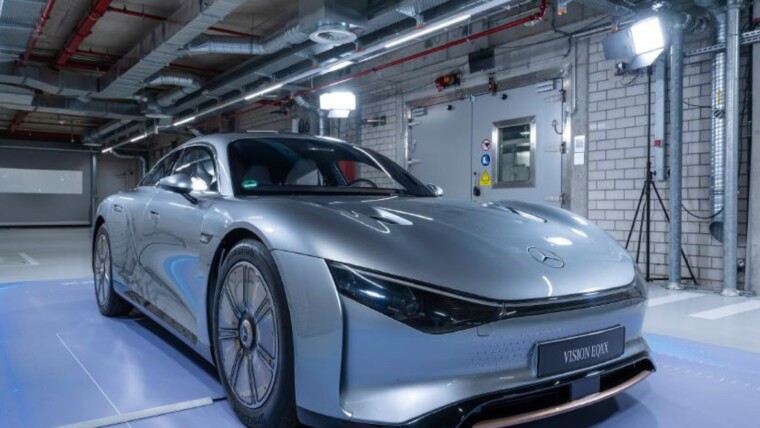Recent reports also refer to one of Mercedes-Benz’s diesel car. The German environmental group Deutsche Umwelthilfe (DUH) said that during testing of Mercedes diesel car it commissioned at the emissions control centre of Bern University of Applied Sciences, Switzerland, the car complied with nitrogen oxide (NOx) emission limits when its motor is cold before the start of the test. However, when immediately repeating the same test with a warm motor, emissions were more than double.
Mercedes-Benz then released an official statement clarifying this issue.
Vehicles from Mercedes-Benz fully comply with the regulations applicable at the time of type approval. Recent reports refer to measurements by Bern University of Applied Sciences (FH Bern) carried out on a Mercedes-Benz C 200 CDI produced in 2011. The technology used in this automobile was certified in 2007. This means that the vehicle complies with the legally binding certification stipulations of the Euro 5 standard.
It is common that deviations occur in real driving conditions compared with the certified norm values. They result primarily from conditions different from the legally prescribed laboratory conditions, for example when ambient temperatures differ, the vehicle is operated under different loads or additional equipment such as air-conditioning or seat heaters is switched on. In order to scientifically evaluate the measurements carried out by FH Bern and to validate their repeatability, it is essential to have information on the conditions under which the tests were carried out. Daimler AG has not been provided with this information by FH Bern, however, even after it was requested.
Furthermore, Daimler AG has no information at all concerning the history and condition of the tested vehicle.
We vehemently repudiate speculation or interpretations alleging that possible deviations between test-bench measurements and measurements made during real driving conditions can only be explained by manipulation. No defeat device, i.e. a function that improperly restricts the effectiveness of exhaust-gas after treatment, is used by Mercedes-Benz. Neither do Mercedes-Benz vehicles have a function that automatically recognizes when a vehicle is being tested.
For several years, Mercedes-Benz has fully and actively supported the early introduction of the WLTP (Worldwide Harmonized Light Vehicles Test Procedure) and the measuring procedure for Real Driving Emissions (RDE). Both activities have the aim of converging norm and real values as far as possible in the future.
Mercedes-Benz is a pioneer for state-of-the-art engine and exhaust-gas after treatment technology. With its BlueTEC models featuring SCR (Selective Catalytic Reduction), the company was the first manufacturer by a significant margin to comply with the Euro 6 standard in 2009. The current C-Class for example has had this technology since 2014. With the gradual introduction of the Euro 4, 5 and 6 limits, Mercedes-Benz has in recent years applied state-of-the-art technology and significantly reduced its vehicles’ emissions; some models have actually complied ahead of time with the latest emission limits.
We would like to point out that we reserve the right to take legal action at any time if false allegations or unjustified accusations should damage our company’s image or reputation.
Other posts by AF Newsdesk








